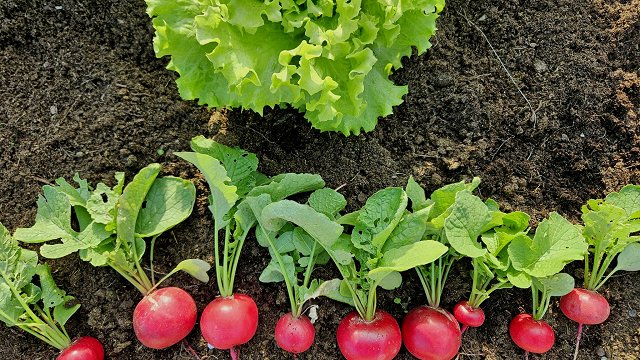“I'm growing watermelons in the garden – not for the first year, and it's fun for the kids when something comes. We have different varieties in the garden, but the watermelon and melon seem more exotic. Very sweet in terms of taste, we enjoyed two watermelons, but in terms of color much lighter than those sold in the store,” said Ilze from Jelgava.
Although the growing of watermelons and melons is increasing, not only in private gardens, but also in larger holdings, the Latvian Association of Fruit Growers considers that it is unlikely that this crop will be able to conquer the Latvian market in the future by competing with southern fruit.
“Of course, these crops face more risks than traditional ones. They are currently cultivated in places where there is virtually no frost. As with many berries and fruits, we are competing with the Poles, for example, we should also consider it here – if traded more broadly, then we will have to compete with neighboring southern countries where costs are lower due to higher harvests,” explained Vice-Chairman of the Association Board Jānis Zilvers.
In spite of the challenges, farmer Kaspars Otikovs has been harvesting watermelons and melons for eight years, both on the field and in the greenhouse. They are for their own needs and also for trade.
"The main thing is to not to overgrow plants in the pot, not to overwater them. They're desert plants, they like that drought, heat. It is best to take an earlier variety and a small or medium size," he said.
During a hot, dry summer, about 20 tons of watermelon can be harvested per hectare.
"The largest watermelon has been 17 kilograms, melon – 4-5 kilograms. For watermelons and melons, usually you have to pull off the first fruit, let the leaves grow and then the fruit formed, because otherwise, you'll have one watermelon; if you rip the first one off, there will be more harvest, several melons," Otikovs said.
On the field, watermelons must be protected from crows. The farmer also cultivates other exotic crops, such as luffa, lemongrass, sweet potatoes, figs, and other plants and is prepared to share his knowledge with visitors to the farm. The crop of watermelons is likely to be welcomed in early August.





























